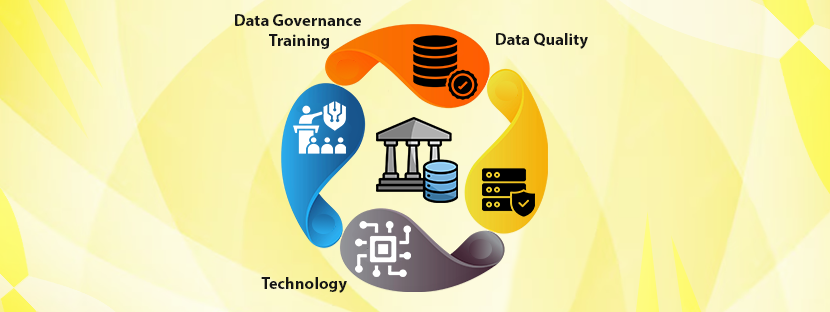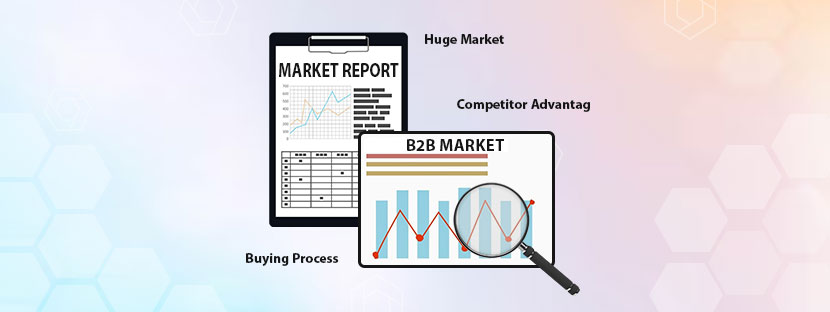Does your organization follow the data governance protocols strictly? Do you measure the policies using data governance metrics and KPIs?
Whether you do or don’t, you need to update your knowledge with the latest practices followed in data governance. Let’s talk more about this in this blog.
What are data governance metrics and KPIs
Data governance is a measure that helps organizations to follow strict rules and regulations for maintaining databases. Therefore, data governance metrics are important to be in place to measure the effectiveness of an organization’s data governance processes.
Effective data governance strategies are important for organizations to stay in compliance with the regulations. It also helps organizations that deal with customer data (which demands a higher level of security). Let’s discuss everything about these KPIs in the following sections.
Important data governance key performance indicators
Data governance strategies can be implemented within the organization when you know the exact process. To measure the progress, you have to check the data governance KPI and improve the situation. Mainly, we cover here the top six major categories of data governance metrics in this section. Let’s look at each area and its associated metrics in detail.
Data quality
Following the data quality parameters makes your data healthy. It can flow through your organization smoothly, making connections stronger and better. To maintain the data quality intact throughout your organization, you need to maintain the following steps.
Data Security
Metrics of data security help you ensure the protection of your database. It reveals how well you’re protecting your data from unauthorized access. Checking the data security metrics thoroughly helps keep your and your customers’ data safe and secure. A few things are only included in this metric. Let’s have a quick look at them.
Data Usage
The metrics of data usage measure how often and how much the data assets are used. Using this metric, you can identify the areas where the usage of data is low and where it is high. You can implement a regulator over the use of data assets to save money on the processing of data and storage. Here are the measures you need to check for data usage;
Data Compliance
Measuring data compliance means your data processes are adhering to industry standards and legal regulations. Metrics of data compliance let you measure your operation’s performance against the best practices followed in the industry. Following all the compliance metrics protects your data from hefty data fines and mandates your data management requirements. Let’s check which things you need to ensure in order to be compliant with the data standards and practices.
Data Governance Training
To implement the data governance measures accurately within the organization, you need to train your data experts in format setup. The outcome of having a data governance structure integrated within the organization culture always comes as the best. Data governance training metrics reveal how well the organization is actively promoting and educating staff members about the data governance procedures. Here are the things you need to consider to ensure data governance training at your organization.
Technology
Having the right technology at your organization seals the deal when it comes to implementing data governance practices. The right kind of technology supports the data governance process in various ways and saves time and resources for the team that is responsible for managing and maintaining the data quality. Selecting the right tools matters here the most. When you choose the right tool, you can .
✔️ Perform data profiling with precise measures
✔️ Quickly identify issues in the data entry processes
✔️ Validate every data point before entering the data into it
✔️ Maintain a seamless flow of data across the organization’s channels
✔️ Efficiently store data across the database











